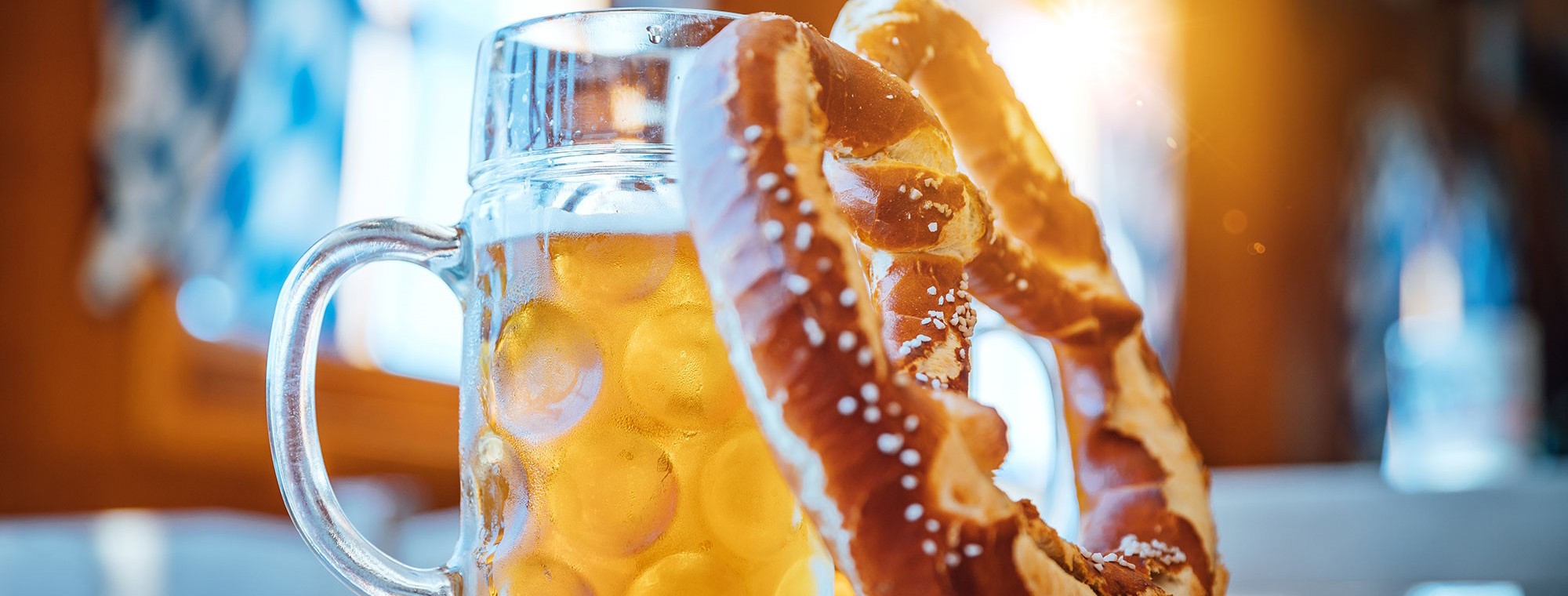Discover for yourself what makes German beer so special with a guided vacation to Deutschland.

Call Us
Mon - Fri: 6:30am - 5:30pm PST
Closed Sat & Sun
Christmas Day: Closed Thursday December 25

Call Us
Mon - Fri: 6:30am - 5:30pm PST
Closed Sat & Sun
Christmas Day: Closed Thursday December 25
About Us
For more than 50 years, Grand European Travel has been providing a wonderfully simple, and genuinely personal, way to travel.
Meet Our Team
Our Travel Specialists make planning your trip fun and hassle free
Guided Vacations
Top 10 advantages of taking a guided tour
Guest Reviews
As you plan your trip, read our unedited guest reviews
Travel Insurance
Protect your vacation with travel insurance.
Responsible Travel
Powered by our not-for-profit foundation, TreadRight
Current Offers
From Last Minute Deals to limited time promotions, see all offers.
Big Travel Sale
SAVE up to 15% on 2026 Tours
Double Past Traveler
Double Global Tour Rewards on select trips
GETAWAY Deals
Great deals on last minute travel
AARP Member Benefits
Enjoy exclusive savings on guided tours and river cruises
2027 Cruise Savings
Early Booking Savings up to 20%
Solo Traveler Deals
2026 Single Supplement Cruise Discounts
The History and Tradition
of German Beer

Ask any beer connoisseur what country they consider to be the beer capital of the world, and Germany is likely at or near the top of the list.
Germany produces over five thousand different types of beer and exports about 1.5 billion liters each year. Approximately 7 million liters of beer are consumed during Oktoberfest alone. But what makes German beer so unique? To find out, we have to look back about 500 years.
Early German Brewing Traditions
To understand the major event that shaped German beer 500 years ago, it helps to go back even further. Germans were brewing beer as far back as the 10th century using a mixture of herbs called gruit. Brewing was considered a woman’s responsibility, much like baking bread. Women from several families often shared a space for brewing and baking together.
These shared breweries were typically taxed by the holder of the gruit rights, which gave local monopolies on the sale of gruit. At that time, hops were actually forbidden in brewing. Because hops were cheaper than the gruit ingredients, they would have undercut these local monopolies.
Best of Germany
Day 1
Welcome to FrankfurtDay 2
Cruise Along the Rhine and Journey to CologneDay 3
Onwards to the Port City of HamburgDay 4
Journey to BerlinDay 5
Discover the History and Icons of BerlinDay 6
Off to DresdenDay 7
Venture to Historic NurembergDay 8
Continue to Medieval Rothenburg and MunichDay 9
Explore MunichDay 10
Admire Neuschwanstein Castle and the Black ForestDay 11
On to Heidelberg and FrankfurtDay 12
Farewell Germany
Best of Germany and Austria
Day 1
Welcome to FrankfurtDay 2
Cruise in the Rhineland and on to CologneDay 3
Journey By High-Speed Train to BerlinDay 4
Uncover Berlin’s SecretsDay 5
Onwards to RothenburgDay 6
Off to Historic MunichDay 7
Discover MunichDay 8
Admire Neuschwanstein Castle and on to InnsbruckDay 9
Explore Alpine InnsbruckDay 10
Venture to SalzburgDay 11
Through the Wachau Valley to ViennaDay 12
Hofburg Palace and More in ViennaDay 13
Farewell Vienna
Castles Along the Rhine
Day 1
Amsterdam (Embark)Day 2
Zons, CologneDay 3
Koblenz, BoppardDay 4
Boppard, RüdesheimDay 5
GermersheimDay 6
StrasbourgDay 7
Breisach (Freiburg)Day 8
Basel (Disembark)
The Role of Monasteries in Brewing
Monks played an important role in the evolution of brewing in Germany. During the 12th and 13th centuries, hundreds of monasteries were experimenting with recipes and improving the brewing process. Their expertise grew so advanced that monks eventually began selling their beer to the public, setting the stage for the country’s long-standing beer culture.
The Reinheitsgebot: The Beer Purity Law of 1516
In 1516, the Duke of Bavaria signed the Reinheitsgebot, or Beer Purity Law, which decreed that only three ingredients could be used to brew pure beer: water, barley malt, and hops. Over time, yeast became the fourth recognized ingredient, since it was essential to the fermentation process.
The law had multiple goals. It aimed to ensure quality beer and maintain reasonable prices while also protecting wheat supplies that were needed for bread-making. This simple rule helped establish the high standards that German brewers are still known for today.
The Lasting Influence of Reinheitsgebot
Since the late 1980s, the strict influence of the Beer Purity Law has diminished somewhat. Court rulings have loosened the restrictions on what can be labeled as “beer.” Even so, many German brewers continue to follow the Reinheitsgebot voluntarily. For them, the “pure” label remains a badge of honor and an important selling point.
While some critics argue that the law limits creativity, others see it as a timeless symbol of craftsmanship and one of the earliest examples of consumer protection in history.
A Thousand Years of Brewing Tradition
No matter which side of the debate you’re on, the next time you open an ice-cold German beer, you’ll be tasting a thousand years of history. Each sip reflects a legacy of dedication, precision, and purity that has defined German brewing for centuries.
You Might Also Like
Find Your Perfect Destination
 Tap To Call
Tap To Call
 Free Brochure
Free Brochure
Order Your Free Brochure
Sign up to order your FREE travel brochure subscription and get exclusive offers only available to our subscribers
Thanks for signing up to receive our latest brochure. As a subscriber, you'll be the first to receive our new brochures as they are released, plus great deals in your inbox.
















